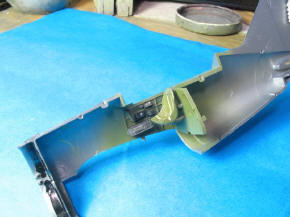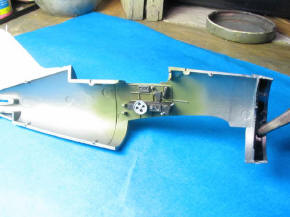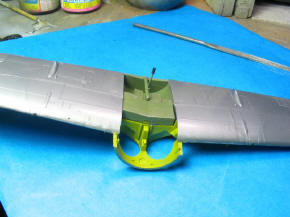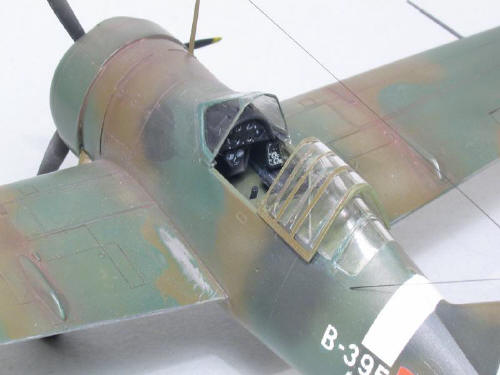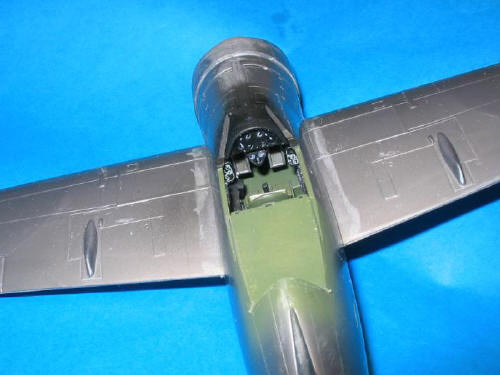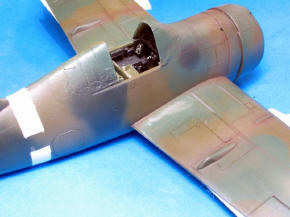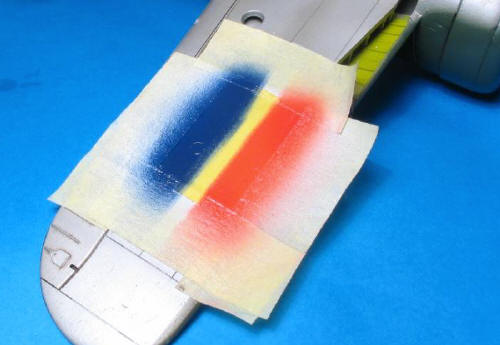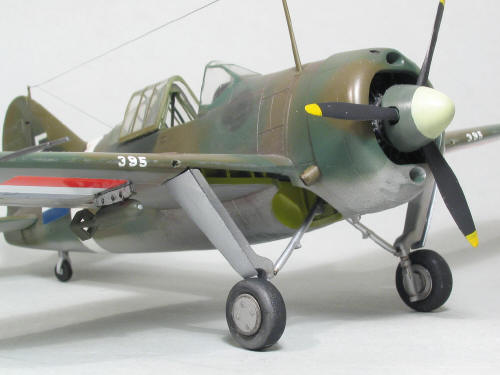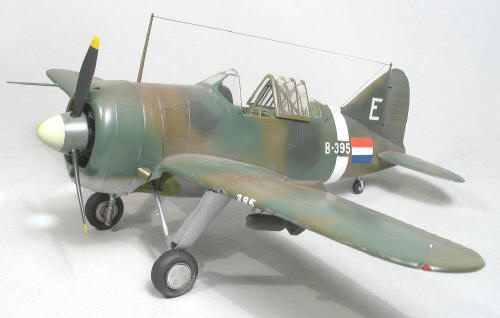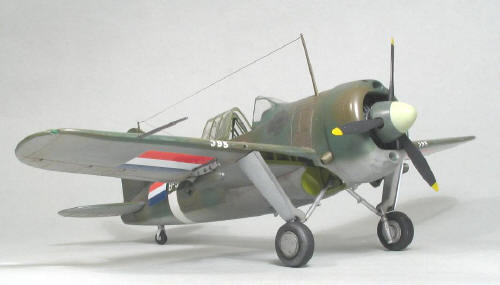|
Airplanes |
|
|||||||||||||||||||||||||||||||||||||||||||||||||||||||||||||||||||||||||||||||||
|
Building the Buffalo 339C: Dutch East Indies Air Force Tamiya 1/48 scale |
||||||||||||||||||||||||||||||||||||||||||||||||||||||||||||||||||||||||||||||||||
|
by Giovanni Galvan © 2010 Modeler Site |
||||||||||||||||||||||||||||||||||||||||||||||||||||||||||||||||||||||||||||||||||
|
Legal Notice No material from Modeler Site any Web site owned, operated, licensed, or controlled by Damian Covalski may be copied, reproduced, republished, uploaded, posted, transmitted, or distributed in any way, except that you may download one copy of the materials on any single computer for your personal, non-commercial home use only, provided you keep intact all copyright and other proprietary notices. Modification of the materials or use of the materials for any other purpose is a violation of Damian Covalski's copyright and other proprietary rights. Read More here > Legal notice
Foreseeing the arrival of the new Classic Airframes, I decided to build my Tamiya, which was less bad than I expected (panels are engraved). I made also a simple conversion to a Model 339C used by the Dutch East Indies Air Force (MIL-KNIL) and captured by the Japanese.
The Buffalo has a strange story. It was the first modern monoplane fighter of the US Navy, and was a terrible weapon on the hands of Finnish pilots against the Soviet Union. But was also one of the excuses for the British and Dutch allies for the quick capitulation of Singapore and the East Indies to the Japanese in 1941/1942. Strangely enough, many US Navy pilots preferred it to the Wildcat, of which they said to be less manoeuvrable and not so faster. Beyond any impression, the "poor" Buffalo was neglected by modeling firms, in fact in 1/48 scale there was only the old Tamiya mold for the F2A-2 version, and recently the 339B. Only few years ago, Classic Airframes begun a short run production of all the main versions, making available also the Finnish model 239, which is different in many ways from the later version offered by Tamiya. The kit cockpit is simple, but not so bad. I added the seat belts done with adhesive paper, and on the consoles I added some lever and the gas handle. I made holes on the instrument panel, and used the decals to represent the instruments. The cockpit color is Interior Green (Humbrol 158) with semi gloss Black instrument panel and consoles. A drybrushing with Light Grey highlighted the details. Other interiors and the wheel bay were painted with Zinc Chromate Green FS 33481 (Humbrol 81). The canopy is in one piece, and was substituted with a Squadron clear canopy, represented open.
The fuselage joint requires some putty and sanding, while the wing fit is good. The main conversions required to make a Dutch Model 339C planes are: to remove the cuffs from the propeller blades, to change the tail wheel with a bigger one, taken from my spare parts, and give a more pointed shape to the tail cone.
Very interesting is the color scheme. I represented the example coded B-395 photographed by the Japanese after the capture together with other Buffaloes of RAF and Dutch origin. The plane is probably one of the 2-VLG V fighters (“Java Rhinoceros”) formerly deployed at Singapore together with RAF Buffaloes. This could be deduced from the White stripe on fuselage and the obliterated crest (covering the “Rhinoceros”) under the windscreen.
The Dutch scheme is similar to that from RAF, but the colors are Medium Green 42 FS.34092 (Gunze H302) and Olive Drab 41 FS.34088 (Gunze H304), while the lower surfaces are in Matt Aluminum (Testors Metalizer). The spinner is instead from a RAF example, and is in Dark Green FS. 34079 (Gunze H309) with Sky FS. 34424 (Gunze H74) in the front part. The propeller is Black, with Yellow blade tips. The fuselage obliterations and other darker shades were done with Very Dark Green FS.34052 (Gunze H65). All colors were highly faded, so I used some White addition to them weatherize the model. Oil and stains were added with oil colors and airbrushed dark Grey. All insignia were painted with masks, while the codes are from the spare decals.
Very useful are the racks and bombs contained on the box, which I used just because the main task of the Dutch Buffaloes was the ground attack.
Big size photos are only available in our PDF format. Support us ordering our notes in PDF > Here |
||||||||||||||||||||||||||||||||||||||||||||||||||||||||||||||||||||||||||||||||||




